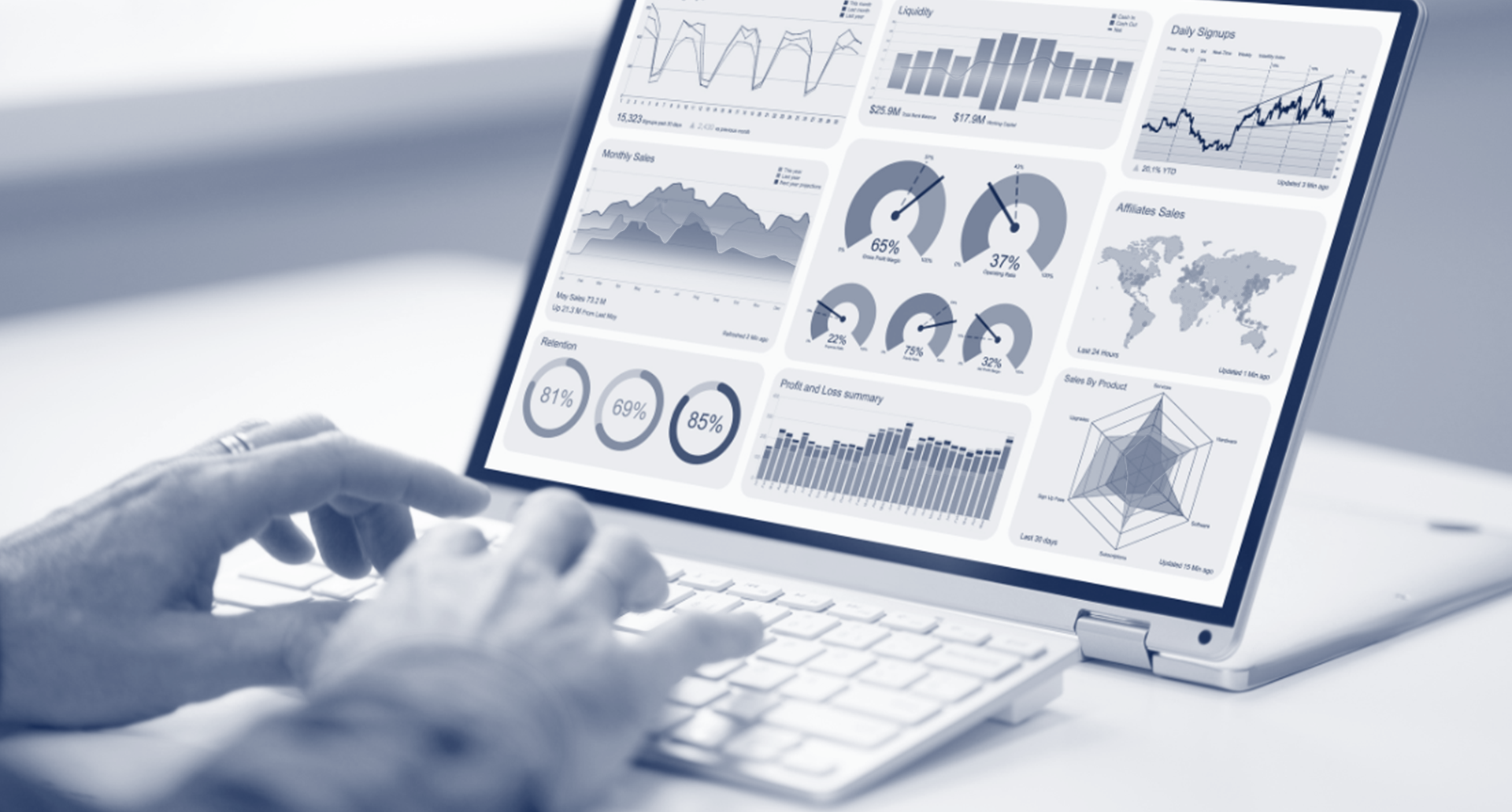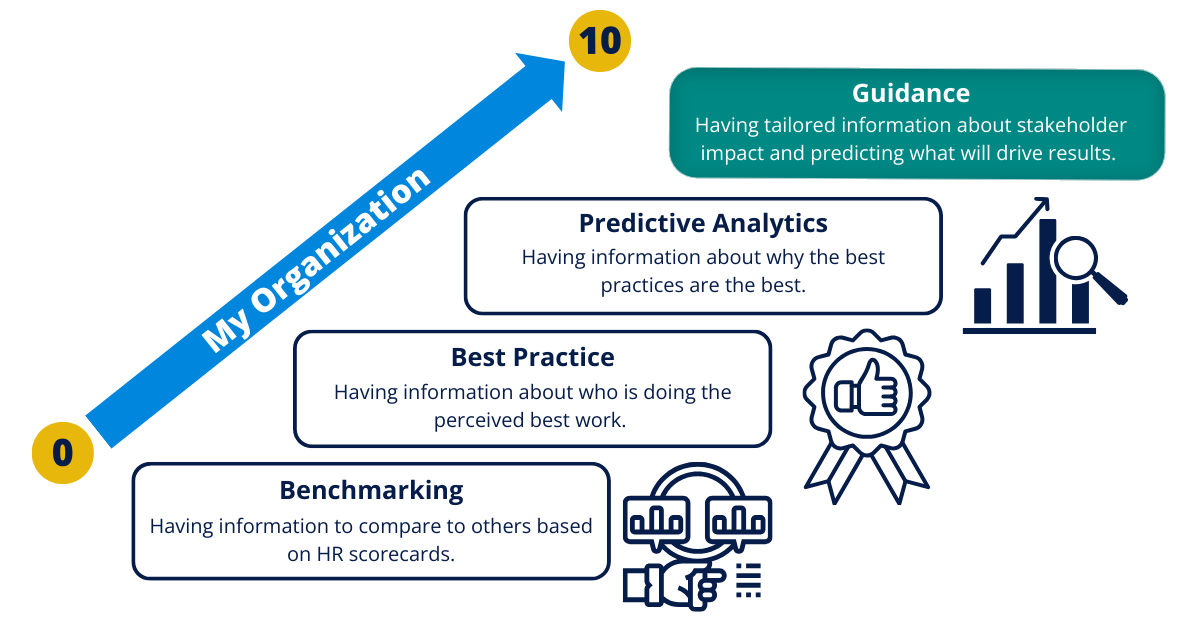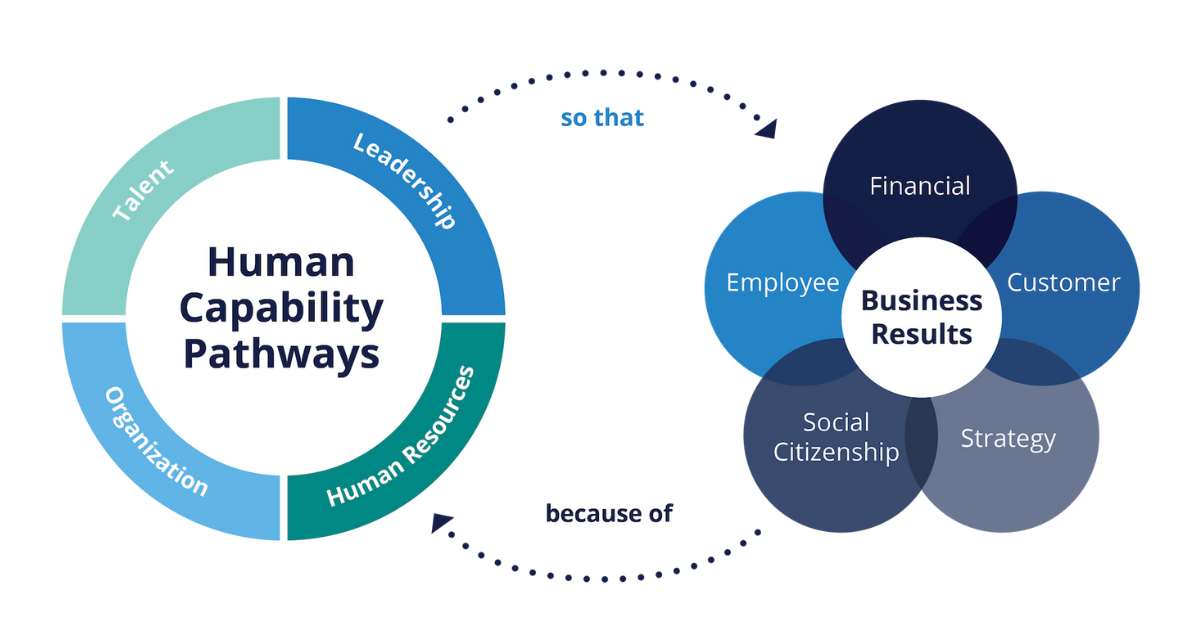Analytics on Analytics: Assessing Your HR Analytics Capability
Key Takeaways:
- The evolution of analytics has four stages: benchmarking, best practice, predictive analytics, and guidance.
- Focus on impact: HR analytics must shift from measuring HR practices to creating real business impact and value for stakeholders like customers and investors.
- HR professionals can assess the effectiveness of their analytics efforts and make more informed decisions that positively impact business results through the 10 criteria for impactful analytics.

Analytics on Analytics: Assessing Your HR Analytics Capability

Over the last decade, analytics has become a widespread buzzword in HR (and elsewhere) and an increasingly important concept for HR’s future. When talking about analytics, we see four stages of the evolution of analytics, each with its own vocabulary (see Figure 1).
- Benchmarking: How do we (I) compare? (Dashboard, scorecard)
- Best Practice: Who is the best that we (I) can learn from? (Standard, exemplars, prototype)
- Predictive Analytics: Why are they the best? (Forecasting, data science, evidence-based decisions)
- Guidance: What should we (I) do to be our (my) best? (Impact, outside-in)
Figure 1: Analytics Evolution

For HR departments to make individualized progress along this analytics evolution, HR professionals can answer three relatively simple questions: why, what, and how.
Why Analytics?
Analytics is a way to access and use information to make better decisions. In a digital, connected, and transparent world, people have nearly unlimited access to information. In a business setting, business and HR leaders want to turn this ubiquitous information into improved decision-making, and that requires analytics. This analytics process is a bit like turning the thousands of words in a dictionary (information) into a well-worded, cohesive story or essay with real impact (improved decisions). Each of the four stages of analytics offers a purpose: from comparing to others (benchmark) to learning from others (best practice) to determining what makes best practices the best (predictive analytics) to receiving tailored guidance (impact). Without analytics, unlimited information is fruitless in improving decisions and actions. Business and HR leaders wisely invest their budget, time, and energy on analytics because they can improve decision-making and provide guidance on which of a myriad of human capability (talent, leadership, organization, and HR) initiatives deliver the outcomes that matter.
What Analytics?
Analytics without impact is like writing a story or essay without an audience. The story or essay may have good words and even sentences and plot line, but unless targeted to an audience, it lacks purpose and impact. Likewise, HR analytics needs to provide information that has impact by focusing on key stakeholders. In our research (see Victory Through Organization), we found that traditional HR analytics—focused on assessing HR work through HR scorecards or benchmarks—has only a moderate impact on both customer and investor outcomes and business results. As HR analytics moves beyond scorecards (on HR practices and insights from big data) to real business impact, the information is more focused on delivering value to stakeholders.
HR analytics should focus less on measuring HR and more on creating business results or value from human capability initiatives. For example, measuring employee engagement moves to impact when it is linked to customer engagement and financial results. Too often, some of the enthusiasm for employee experience is about the experience and not the real value: the impact of this experience on key stakeholders such as customers and investors.
In a recent seminar, I asked HR participants to write down what they wanted to learn from the workshop. Their answers centered around HR practices (e.g., talent mobility, mental health, agility, culture change, leadership development, HR transformation, and so forth). Many wanted “analytics” about these human capability practice areas. To probe them for their desired impact, I asked them to write “so that . . . ” behind each desired learning and fill in the phrase after. The “so that” exercise required them to think of the impact of the HR activity on stakeholders who should receive value from the initiatives (Figure 2). “So that” shifts the analytics focus from activity to impact. We have framed this logic as an Organization Guidance System, which links human capability initiatives to results, prioritizes initiatives by impact, and offers guidance on where to focus actions.
Figure 2: HR Analytics Connected to Stakeholder Results
How Analytics
If analytics matters and links to stakeholder value, the challenge is to make analytics impact happen (why, what, and how). My colleagues and I have studied analytics on analytics and worked with organizations endeavoring to create analytics capability that guides value creation.
We have identified ten actions HR and business professionals can take to implement impactful analytics. These actions can be considered the criteria for successful impact-based HR analytics. Much has been and will continue to be written about each of these ten criteria by many thoughtful colleagues. Taken collectively, these ten criteria and actions can be turned into an assessment (see Figure 3) that helps HR professionals assess the quality of their analytics (or analytics on analytics). They can then diagnose and improve their work so that they have more impact from their analytics efforts. The total score for Figure 3 is a diagnostic for improvement not only the total score but the elements that score lowest.
Figure 3: Assessment of HR Analytics Efforts
|
Criteria for HR Analytics Efforts To what extent do our analytics efforts... |
Assessment Low 1 - 10 High |
| 1. Start with business results that matter (e.g., customer, financial results) rather than HR activities | |
|
2. Measure the impact of bundling HR practices (e.g., every HR practice emphasizes the same issues) |
|
| 3. Turn empirical insights into actions | |
|
4. Show a cause and effect between HR investments and results that matter |
|
| 5. Predict what might happen in the future more than report what has happened in the past | |
| 6. Use data to make more informed decisions | |
| 7. Connect HR-related data (around talent, leadership, and organization) to other business data | |
| 8. Use insights from unstructured or qualitative data as well as structured or quantitative data | |
| 9. Use data to ensure accountability | |
| 10. Keep reporting dashboards simple and usable | |
| TOTAL: |
Summary
Obviously, information-rich decisions are more effective than information-poor decisions; and navigating the fire hose of knowledge available requires analytics. Knowing how to use analytics to turn information into improved decision-making comes from answering the why, what, and how questions of analytics. Doing analytics on analytics helps focus information efforts on delivering more value. The proposed ten-item assessment helps HR professionals determine their overall analytics capability and identify improvements to make better analytics decisions that enhance business results.
As always, RBL's seasoned consultants are happy to discuss the above assessment and help you identify analytics and tools like our Organization Guidance System to help you make more informed business decisions. Contact us to get started on elevating your analytics capability.



